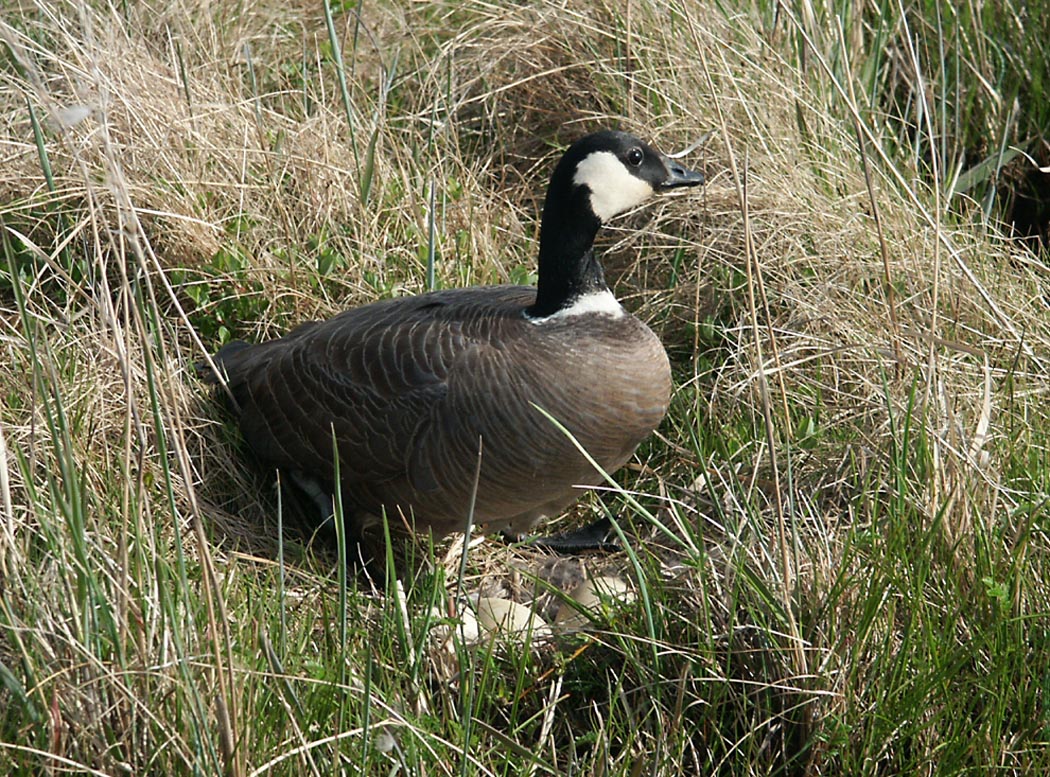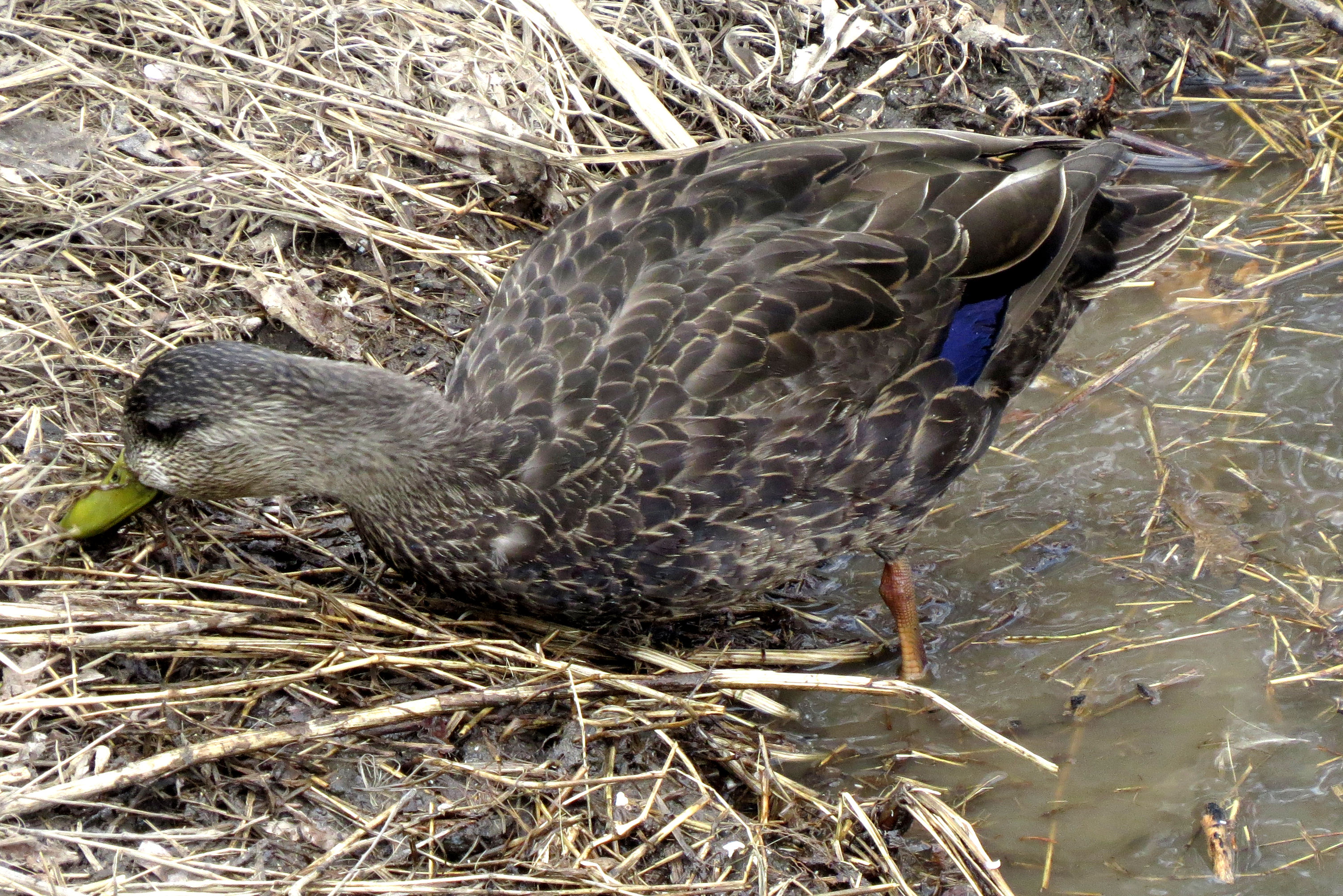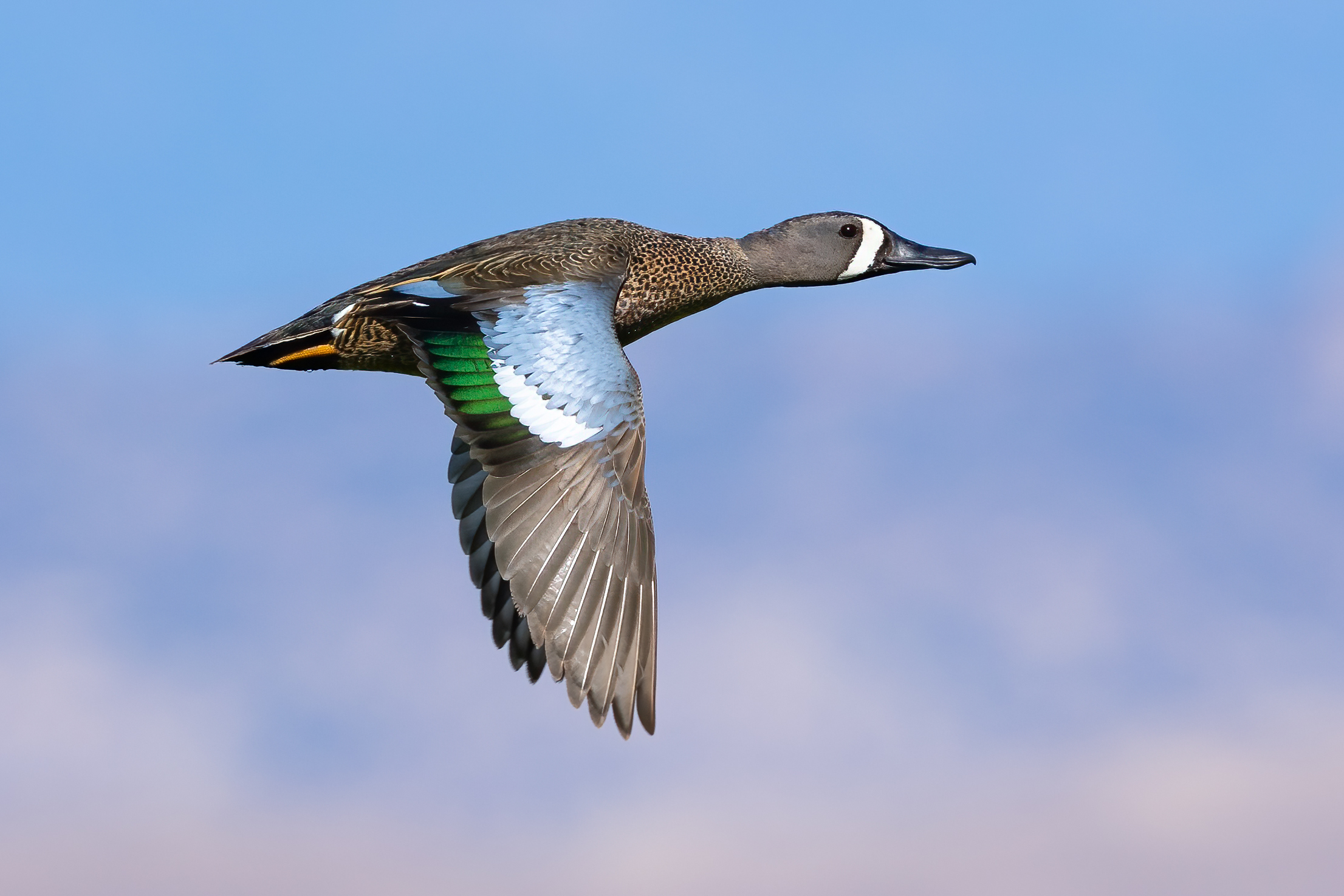|
List Of Birds Of Greenland
This is a list of the bird species recorded in Greenland. The avifauna of Greenland include a total of 249 species as of July 2022 according to ''Bird Checklists of the World''. Of them, 176 are rare or accidental. One species is extinct, another probably is, and one has been extirpated. This list is presented in the taxonomic sequence of the ''Check-list of North and Middle American Birds'', 7th edition through the 63rd Supplement, published by the American Ornithological Society (AOS). Common and scientific names are also those of the ''Check-list'', except that the common names of families are from the Clements taxonomy because the AOS list does not include them. The following tag has been used to highlight accidentals. Untagged species are common residents, migrants, or seasonal visitors. * (A) Accidental - a species that rarely or accidentally occurs in Greenland Ducks, geese, and waterfowl Order: AnseriformesFamily: Anatidae Anatidae includes the ducks and most duck- ... [...More Info...] [...Related Items...] OR: [Wikipedia] [Google] [Baidu] |
Greenland
Greenland ( kl, Kalaallit Nunaat, ; da, Grønland, ) is an island country in North America that is part of the Kingdom of Denmark. It is located between the Arctic and Atlantic oceans, east of the Canadian Arctic Archipelago. Greenland is the world's largest island. It is one of three constituent countries that form the Kingdom of Denmark, along with Denmark and the Faroe Islands; the citizens of these countries are all citizens of Denmark and the European Union. Greenland's capital is Nuuk. Though a part of the continent of North America, Greenland has been politically and culturally associated with Europe (specifically Norway and Denmark, the colonial powers) for more than a millennium, beginning in 986.The Fate of Greenland's Vikings , by Dale Mackenzie Brown, ''Archaeological Institute of America ... [...More Info...] [...Related Items...] OR: [Wikipedia] [Google] [Baidu] |
Cackling Goose
The cackling goose (''Branta hutchinsii'') is a species of goose found in North America. Description The black head and neck with white "chinstrap" distinguish this goose from all other geese except the larger Canada goose (''Branta canadensis'') and the similarly sized barnacle goose (''B. leucopsis''). There are up to 5 subspecies of cackling goose, of varying sizes and plumage details. The female looks virtually identical but is slightly lighter and has a different voice. Some are hard to distinguish from the Canada goose, with which the cackling goose was long assumed to form one species, the cackling goose and the smaller Canada goose subspecies being called the lesser Canada goose. The smallest Cackling geese (''B. h. minima'') are much smaller than any Canada goose, but the subspecies ''B. h. hutchinsii'', at up to , grows to the same size as some Canada geese. The distinctness of the extinct population of the Komandorski and Kuril Islands ''B. h. asiatica'' is contro ... [...More Info...] [...Related Items...] OR: [Wikipedia] [Google] [Baidu] |
Green-winged Teal
The green-winged teal (''Anas carolinensis'') is a common and widespread duck that breeds in the northern areas of North America except on the Aleutian Islands. It was considered conspecific with the Eurasian teal (''A. crecca'') for some time, but has since been split into its own species. The American Ornithological Society continues to debate this determination, however nearly all other authorities consider it distinct based on behavioral, morphological, and molecular evidence. The scientific name is from Latin ''Anas'', "duck" and ''carolinensis'', "of Carolina". This dabbling duck is strongly migratory and winters far south of its breeding range. It is highly gregarious outside of the breeding season and will form large flocks. In flight, the fast, twisting flocks resemble waders. Taxonomy The green-winged teal was formally described in 1789 by the German naturalist Johann Friedrich Gmelin in his revised and expanded edition of Carl Linnaeus's ''Systema Naturae''. He plac ... [...More Info...] [...Related Items...] OR: [Wikipedia] [Google] [Baidu] |
Northern Pintail
The pintail or northern pintail (''Anas acuta'') is a duck species with wide geographic distribution that breeds in the northern areas of Europe and across the Palearctic and North America. It is migratory and winters south of its breeding range to the equator. Unusually for a bird with such a large range, it has no geographical subspecies if the possibly conspecific duck Eaton's pintail is considered to be a separate species. This is a large duck, and the male's long central tail feathers give rise to the species' English and scientific names. Both sexes have blue-grey bills and grey legs and feet. The drake is more striking, having a thin white stripe running from the back of its chocolate-coloured head down its neck to its mostly white undercarriage. The drake also has attractive grey, brown, and black patterning on its back and sides. The hen's plumage is more subtle and subdued, with drab brown feathers similar to those of other female dabbling ducks. Hens make a coarse ... [...More Info...] [...Related Items...] OR: [Wikipedia] [Google] [Baidu] |
American Black Duck
The American black duck (''Anas rubripes'') is a large dabbling duck in the family Anatidae. It was described by William Brewster in 1902. It is the heaviest species in the genus ''Anas'', weighing on average and measuring in length with an wingspan. It somewhat resembles the female and eclipse male mallard in coloration, but has a darker plumage. The male and female are generally similar in appearance, but the male's bill is yellow while the female's is dull green with dark marks on the . It is native to eastern North America. During the breeding season, it is usually found in coastal and freshwater wetlands from Saskatchewan to the Atlantic in Canada and the Great Lakes and the Adirondacks in the United States. It is a partially migratory species, mostly wintering in the east-central United States, especially in coastal areas. It interbreeds regularly and extensively with the mallard, to which it is closely related. The female lays six to fourteen oval eggs, which have s ... [...More Info...] [...Related Items...] OR: [Wikipedia] [Google] [Baidu] |
Mallard
The mallard () or wild duck (''Anas platyrhynchos'') is a dabbling duck that breeds throughout the temperate and subtropical Americas, Eurasia, and North Africa, and has been introduced to New Zealand, Australia, Peru, Brazil, Uruguay, Argentina, Chile, Colombia, the Falkland Islands, and South Africa. This duck belongs to the subfamily Anatinae of the waterfowl family Anatidae. Males have purple patches on their wings, while the females (hens or ducks) have mainly brown-speckled plumage. Both sexes have an area of white-bordered black or iridescent blue feathers called a speculum on their wings; males especially tend to have blue speculum feathers. The mallard is long, of which the body makes up around two-thirds the length. The wingspan is and the bill is long. It is often slightly heavier than most other dabbling ducks, weighing . Mallards live in wetlands, eat water plants and small animals, and are social animals preferring to congregate in groups or flocks of va ... [...More Info...] [...Related Items...] OR: [Wikipedia] [Google] [Baidu] |
American Wigeon
The American wigeon (''Mareca americana''), also known as the baldpate, is a species of dabbling duck found in North America. Formerly assigned to '' Anas'', this species is classified with the other wigeons in the dabbling duck genus '' Mareca''. It is the New World counterpart of the Eurasian wigeon. Taxonomy The American wigeon was formally described in 1789 by German naturalist Johann Friedrich Gmelin in his revised and expanded edition of Carl Linnaeus's ''Systema Naturae''. He placed it with all the other ducks, geese and swans in the genus '' Anas'' and coined the binomial name ''Anas americana''. Gmelin based his description on Edme-Louis Daubenton's hand-colour plate of "Le Canard Jensen, de la Louisiane" and Thomas Pennant's description of the "American wigeon" in his ''Arctic Zoology''. Pennant had been sent a specimen from New York. The American wigeon is now placed with the Eurasian wigeon and three other dabbling ducks in the genus '' Mareca'' that was introd ... [...More Info...] [...Related Items...] OR: [Wikipedia] [Google] [Baidu] |
Eurasian Wigeon
The Eurasian wigeon or European wigeon (''Mareca penelope''), also known as the widgeon or the wigeon, is one of three species of wigeon in the dabbling duck genus ''Mareca''. It is common and widespread within its Palearctic range. Taxonomy The Eurasian wigeon was described by Carl Linnaeus in his landmark 1758 10th edition of ''Systema Naturae'' under the binomial name ''Anas penelope''. ''Anas'' is the Latin word for "duck", and ''penelope'' refers to a duck that was supposed to have rescued Penelope when she was thrown into the sea. Her name derives from Ancient Greek πήνη ''pene'', "braid" and ὤψ ''ops'' "appearance", from the ruse she used to deter suitors while her husband Ulysses was absent. Description This dabbling duck is long with a wingspan, and a weight of . The breeding male has grey flanks and back, with a black rear end, a dark green speculum and a brilliant white patch on upper wings, obvious in flight or at rest. It has a pink breast, white bell ... [...More Info...] [...Related Items...] OR: [Wikipedia] [Google] [Baidu] |
Gadwall
The gadwall (''Mareca strepera'') is a common and widespread dabbling duck in the family Anatidae. Taxonomy The gadwall was first described by Carl Linnaeus in his landmark 1758 10th edition of ''Systema Naturae''. DNA studies have shown that it is a sister species with the falcated duck; the two are closely related to the three species of wigeons, and all of them have been assigned to the genus '' Mareca''. There are two subspecies: * ''M. s. strepera'', the common gadwall, described by Linnaeus, is the nominate subspecies. * ''M. s. couesi'', Coues's gadwall, extinct 1874, was formerly found only on Teraina, a coral atoll in the Pacific Ocean. The specific name ''strepera'' is Late Latin for "noisy". The etymology of the word ''gadwall'' is not known, but the name has been in use since 1666. Description The gadwall is long with a wingspan. The male is slightly larger than the female, weighing on average against her . The breeding male is patterned grey, with a ... [...More Info...] [...Related Items...] OR: [Wikipedia] [Google] [Baidu] |
Northern Shoveler
The northern shoveler (; ''Spatula clypeata''), known simply in Britain as the shoveler, is a common and widespread duck. It breeds in northern areas of Europe and across the Palearctic and across most of North America, wintering in southern Europe, the Indian subcontinent, Southeast Asia, Central, the Caribbean, and northern South America. It is a rare vagrant to Australia. In North America, it breeds along the southern edge of Hudson Bay and west of this body of water, and as far south as the Great Lakes west to Colorado, Nevada, and Oregon. The northern shoveler is one of the species to which the ''Agreement on the Conservation of African-Eurasian Migratory Waterbirds'' (AEWA) applies. The conservation status of this bird is Least Concern. Taxonomy The northern shoveler was first formally described by the Swedish naturalist Carl Linnaeus in 1758 in the tenth edition of his ''Systema Naturae''. He introduced the binomial name ''Anas clypeata''. A molecular phylogentic ... [...More Info...] [...Related Items...] OR: [Wikipedia] [Google] [Baidu] |
Blue-winged Teal
The blue-winged teal (''Spatula discors'') is a species of bird in the duck, goose, and swan family Anatidae. One of the smaller members of the dabbling duck group, it occurs in North America, where it breeds from southern Alaska to Nova Scotia, and south to northern Texas. It winters along the Pacific and Atlantic coasts and south into the Caribbean islands and Central America. Taxonomy The first formal description of the blue-winged teal was by the Swedish naturalist Carl Linnaeus in 1766 in the twelfth edition of his ''Systema Naturae''. He coined the binomial name ''Anas discors''. A molecular phylogentic study comparing mitochondrial DNA sequences published in 2009 found that the genus ''Anas'', as then defined, was non-monophyletic. The genus was subsequently split into four monophyletic genera with ten species including the blue-winged teal moved into the resurrected genus '' Spatula''. This genus had been originally proposed by the German zoologist Friedrich Boie i ... [...More Info...] [...Related Items...] OR: [Wikipedia] [Google] [Baidu] |
Ruddy Shelduck
The ruddy shelduck (''Tadorna ferruginea''), known in India as the Brahminy duck, is a member of the family Anatidae. It is a distinctive waterfowl, in length with a wingspan of . It has orange-brown body plumage with a paler head, while the tail and the flight feathers in the wings are black, contrasting with the white wing-coverts. It is a migratory bird, wintering in the Indian subcontinent and breeding in southeastern Europe and central Asia, though there are small resident populations in North Africa. It has a loud honking call. The ruddy shelduck mostly inhabits inland water-bodies such as lakes, reservoirs and rivers. The male and female form a lasting pair bond and the nest may be well away from water, in a crevice or hole in a cliff, tree or similar site. A clutch of about eight eggs is laid and is incubated solely by the female for about four weeks. The young are cared for by both parents and fledge about eight weeks after hatching. In central and eastern Asia, p ... [...More Info...] [...Related Items...] OR: [Wikipedia] [Google] [Baidu] |

.jpg)


_female_and_male_dabbling.jpg)
.jpg)

